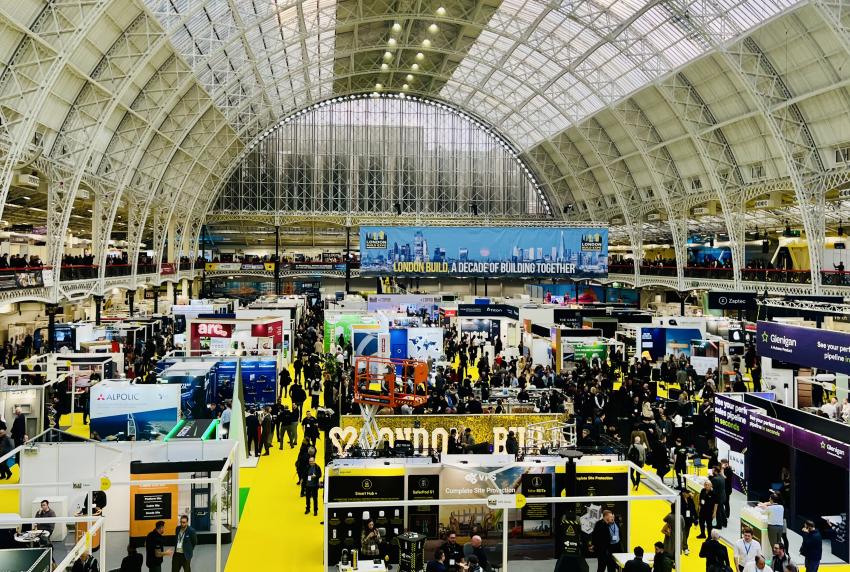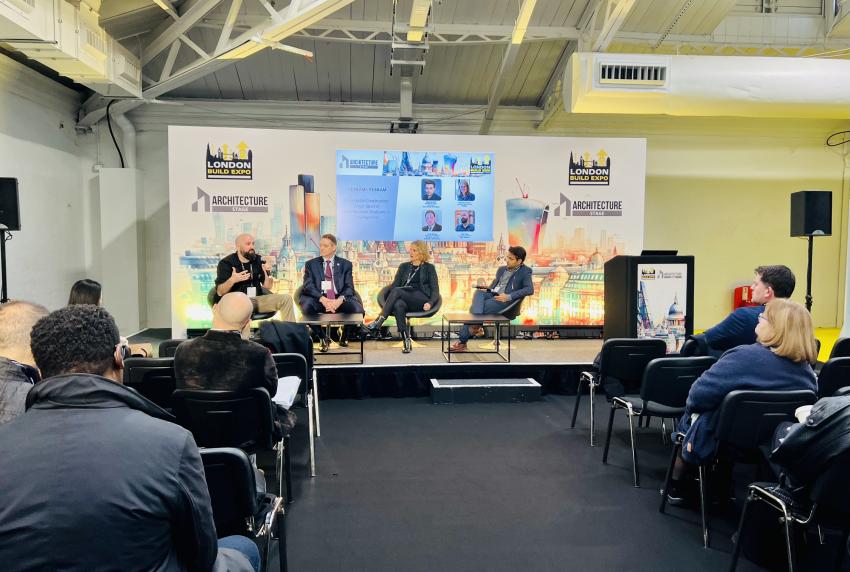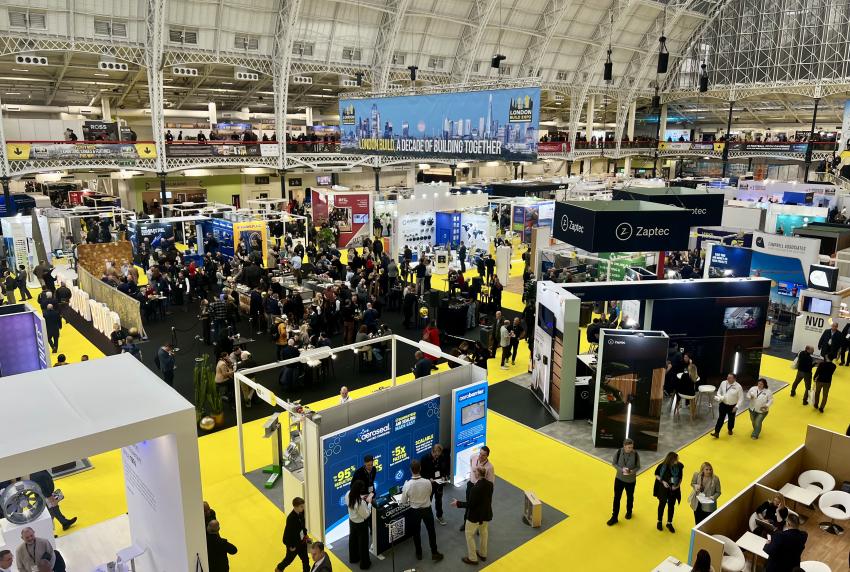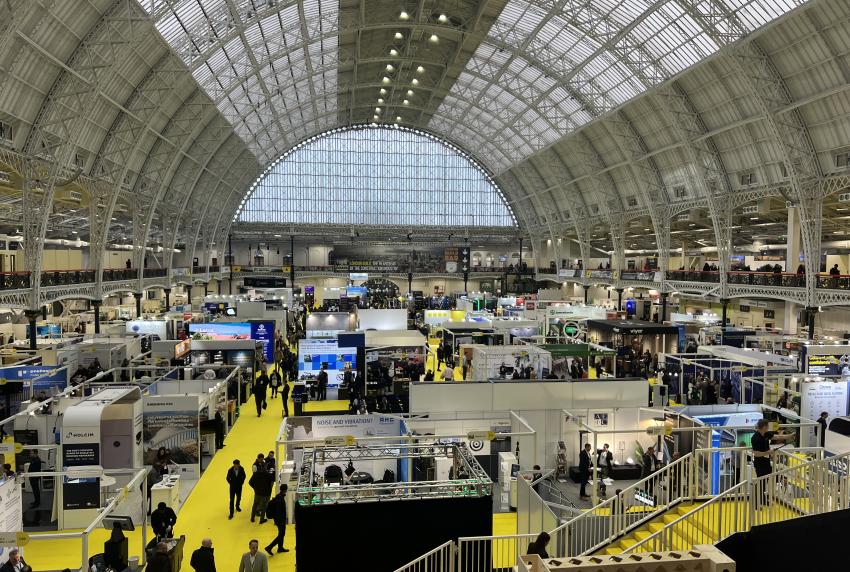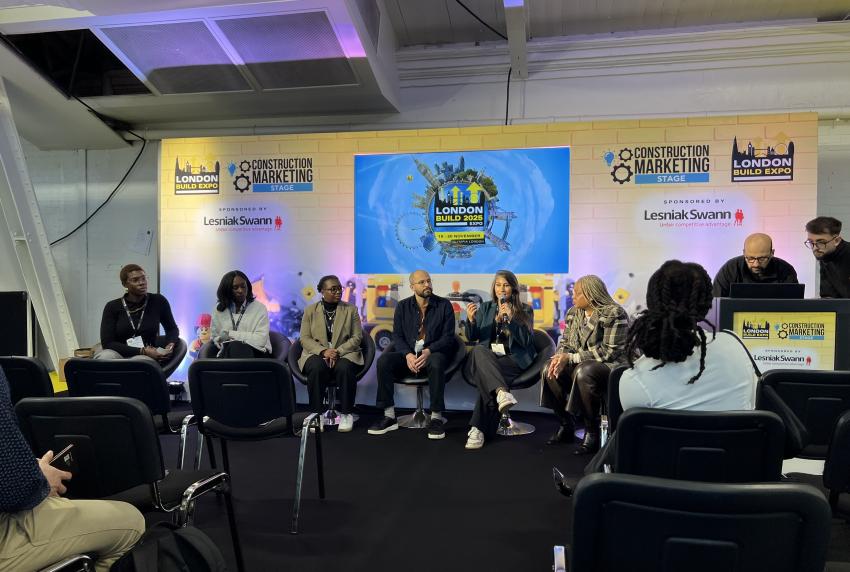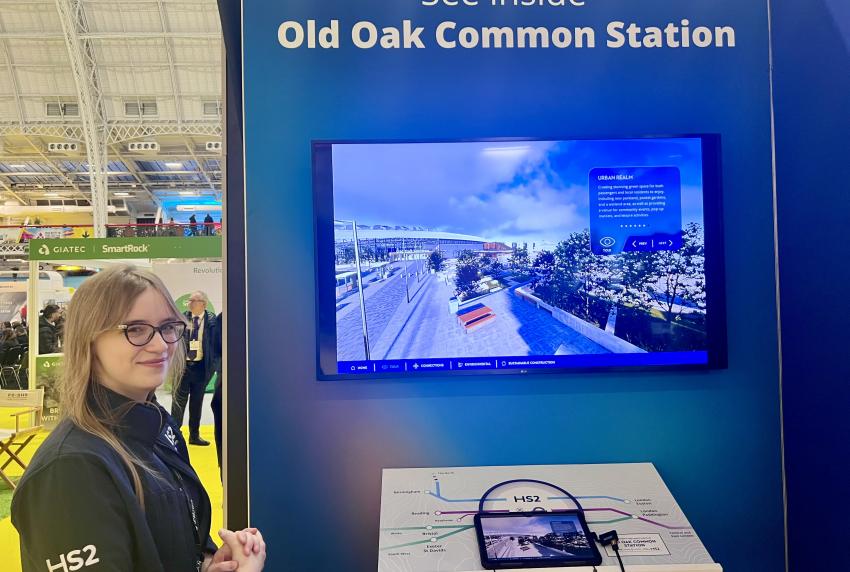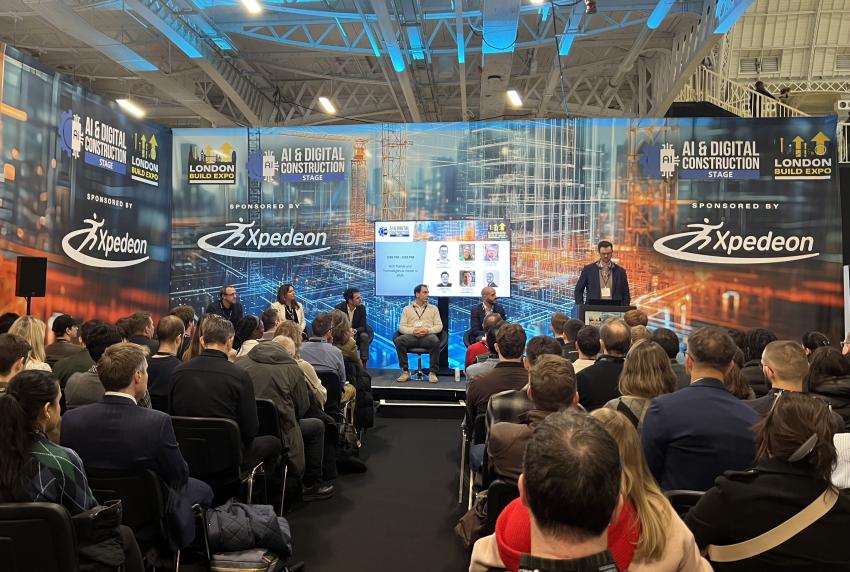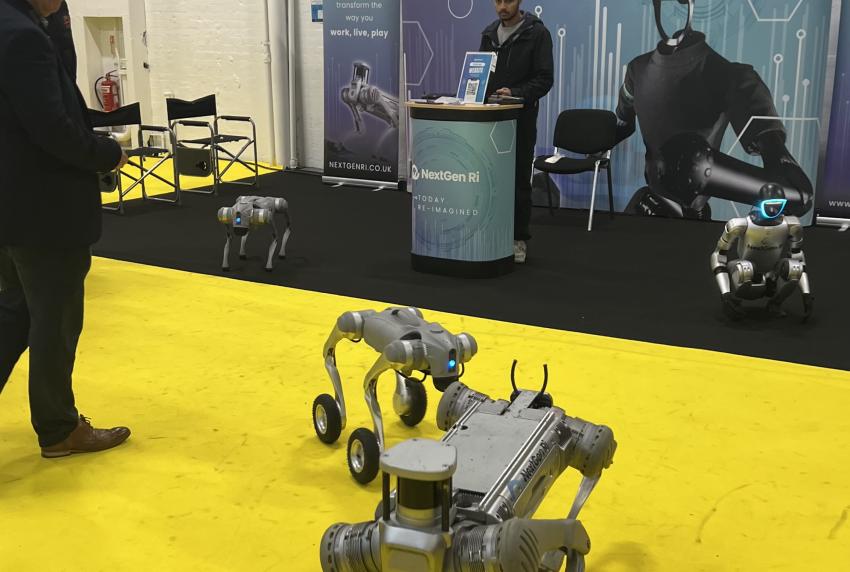London
United Kingdom
London Build 2025 panel discussions focus on the future of the built environment
We took time away from the Tenderstream research desk on 19th November to visit London Build, the UK’s biggest festival of construction, which attracts over 45,000 attendees to Olympia Exhibition Centre. As well as dropping in on some of the 700 exhibitors showcasing the latest services, products, and innovations - including next-generation robots, attempting to climb the venue’s stairs - we attended several in-depth panel discussions featuring representatives from Tenderstream member companies. We focused on topics examining what the future may hold for the entertainment and workplace sectors, as well as the evolving nature of technology in the architectural profession.
Icons Under Construction: Major Sport & Entertainment Stadiums in Development
The first panel discussion tackled the topic of sports and entertainment venues that, although essentially unchanged in purpose since ancient times, are subject to new regulations, the evolving nature of events, and ever-increasing audience numbers.
Nick Tyrer, Associate Director at BDP Pattern, described the project to relocate Everton football club from Goodison Park to a new ground at Bramley-Moore Dock, which involved introducing new innovations while considering the club’s working practices that had developed over its 100 years at the old venue. The scheme was discussed as an example of how entertainment destinations can serve as catalysts for urban regeneration, with stadia often the subject of prestigious competitions that attract attention from the outset.
With an increased audience and new security regulations, David Buston, Associate at Thomas Tomasetti, explained that design can influence crowd behaviour, enhance the visitor experience, and mitigate risk. The introduction of additional space for entertainment and hospitality prevents too many people from arriving on site at once, provides activities in the hours leading up to the main event, and creates a safer experience for audience and venue staff alike. Measures such as introducing height-changing barriers outside a stadium, rather than anti-ram bollards, can make security more discreet.
Following the Manchester bombing, the implementation of Martin’s Law in 2027 will introduce further regulations. Nick noted that this would affect design choices, as specifications for blast-proof façade materials would affect costs. The sector is also responding to changing demographics, with examples including the increased interest in women’s football, and the trend for more families with children attending matches, which has an impact on the calculation of factors such as sightlines.
Designing Office Spaces for Tomorrow’s Workforce
The office’s role is a hot topic, amid the rise of remote working and uncertainty about the types of jobs that will predominate in the future. Grant Kanik, Partner and Deputy Head of Workplace Consultancy at Tenderstream member Foster + Partners, said that meeting a client’s requirements can be challenging when projects typically begin six or ten years before a fit out takes place. Rather than settling on a precise, linear prediction, Foster + Partners produces a scenario model of potential futures and tests the building's design to ensure the structure is flexible enough to accommodate all possible outcomes.
Jane Clay, Strategy Director and Principal at Gensler, said that it was important to communicate with all the building’s users, and take their opinions into account. Although this process should ideally take place over several weeks at Stage 0, time is often tight. She emphasised that the younger generation should be involved in the process, as the leadership may well have changed before the building is completed. Matthew Humphreys, Project Director at Tenderstream member Scott Brownrigg, noted that younger generations are perhaps more receptive to the advantages of renewal and recycling, with awareness growing that many materials have a lifespan beyond the 10-year leases and 5-year break clauses taken on by office space tenants.
Grant noted that a physical workplace enables the creation of a distinct culture and fosters engagement among employees and clients alike. The panel observed that employees have an increased desire to do work that has meaning, and that the physical workplace must be sufficiently attractive to them, especially with growing opportunities to work from home. The audience discussion focused on the importance of comfortable acoustics and lighting, with the panel agreeing that previous trends are being critically examined. Research has shown that when seated in rows in open-plan offices, people tend to become more insular, seeking privacy and establishing personal space. The ideal is a space that can accommodate different activities and different people’s needs.
Tech Trends and Technologies to Watch in 2026
Moderator James Bishop, National Digital Technology Manager at SES Engineering Services, introduced the topic by asking to what extent businesses are taking control of their own infrastructure, developing solutions in-house rather than relying on off-the-shelf systems that might not offer the same bespoke functionality. Alfonso Monedero, Head of BIM at Heatherwick Studio, said that the decision to develop code internally involved weighing up the responsibility and cost of maintaining that code against its agility and the potential return on investment.
Mairead Gallagher Morgan, BIM Lead (Europe & Middle East) at Tenderstream member Grimshaw, stated that the market was flooded with certain types of tools, and that the specific needs of the business and the sector should determine the choice. When creating complex, large-scale structures – such as the Eden Project, which uses parametric design – bespoke solutions would be required. Martin Wilding, Head of BIM, London, and Senior Associate Principal at Kohn Pedersen Fox, also emphasised that care should be taken to define the problem, as off-the-shelf system developers are focused on generic solutions.
When discussing the use of digital assistants, James wondered if an expert's work might be devalued if their previous efforts were used for a project without examination. Giuseppe Dotto, BIM & Design Technology Manager at Tenderstream member OMA, stated that this would be an incorrect use of the technology. A digital assistant should be engaged at the beginning of a project, with the aim of working alongside it and learning with it. Martin emphasised that although AI sums up historic data very well, it is essentially a new employee, whose work must be checked. Mairead highlighted the need to question where the company’s data is going and how it is being used. The time and energy spent training AI also need to be considered. Above all, it is important to make sure that no intellectual property is forfeited and that the risks are understood.
Flexibility is the key to meeting future challenges.
Across all the panels, we noted many speakers emphasising that flexibility is key to meeting future challenges and opportunities, which are often difficult to predict. Changes can arise during the life span of multi-year projects, requiring greater adaptability. Good communication with the client is required to highlight best practices and alternative strategies to meet increasing regulation and wider societal concerns, from security to sustainability. Within companies, judgment is needed to assess ever-developing technology and the risks and rewards it brings to the architectural design process.
Lucy Nordberg
Tenderstream Head of Research
Start your free trial here or email our team directly at customerservices@tenderstream.com
Explore the Tenderstream archive here
